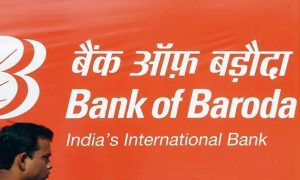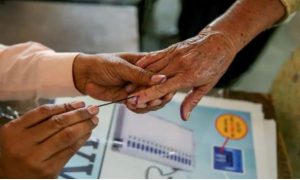New Delhi | Jagran News Desk: It was this day in 2016 when Prime Minister Narendra Modi launched the electronic-National Agriculture Market (e-NAM) portal in India. It was launched with an aim to create a network of existing mandis on a common online market platform as ‘One Nation, One Market’ for agricultural commodities in the country.
The platform also provides e-payment facilities for the farmers. While more mandis have been integrated under e-NAM with the beginning of the COVID-19 pandemic, the central government has also added several new features to the platform.
Read More:-Here’s how to pay LIC premiums via UPI — Check step by step process
In six years of its journey, 1,000 mandis have been integrated across 18 states and union territories (UTs). Under this, over 1.73 crore farmers, 2.19 lakh traders, and 2,000 Farmer Producer Organisations (FPOs) have also registered themselves on the e-NAM portal.
What are the benefits of e-NAM?
– There are no middlemen between farmers and buyers
– Farmers are now not dependent on anyone for the sale of their crops
– Farmers get better prices for their produce
– The portal also allows traders to do secondary trading from one Agricultural Produce Market Committee (APMC) to another one anywhere in India
Read More:-Good news! Kotak Mahindra Bank hikes FD interest rates; check latest fixed deposit rates
– e-NAM also stabilises prices and availability for the consumers
– e-NAM also improves the supply chain of commodities and reduces wastage
How trading is done via e-NAM?
For trading, the farmers, traders, and FPOs need to register themselves on the e-NAM portal. The registration could be done using an Aadhaar card, bank passbook, and mobile number.
Read More:-Prasol Chemicals IPO: Firm files draft papers with Sebi to raise Rs 800 crore
Once registration is done, farmers and traders can generate their user ID and password. Now, the farmers can upload the details about their products for the sale on the e-NAM portal through a market committee. The traders can now start the bidding, and the highest bidder is the buyer.





































